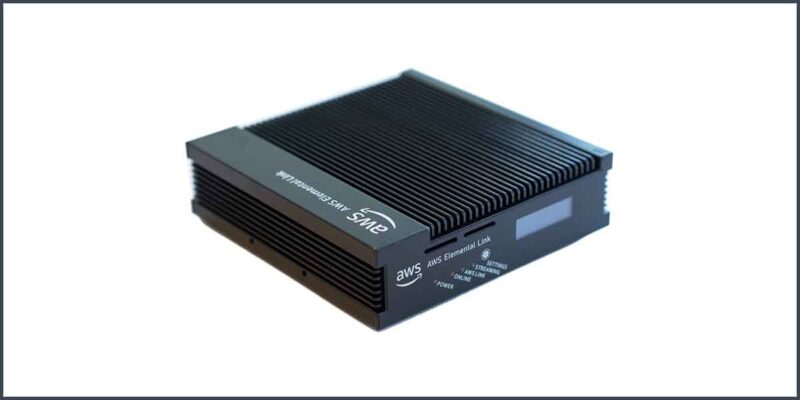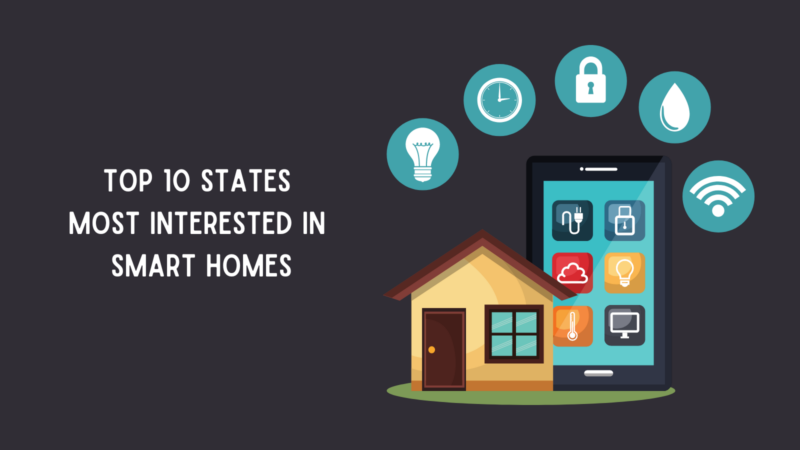What Keeps an AV Professional Up at Night – Part the Second
I’ve spoken about the things that keep an AV professional up at night — in part the growing rise of one-box, easily configurable solutions sharply reducing the need for highly skilled integration in simple spaces. That trend continues with both industry stalwarts like Crestron and smaller upstarts like Owl Labs selling single-device collaborative solutions.
That’s not what we’re talking about today.
Today we’re talking about residential tech, the $100 touch panel and shifts in expectations.
It’s true that the past decade has seen a shift in the positions of residential and commercial AV technology. At one point, commercial tech was clearly closer to the cutting edge; you’d have an integrated system with an intimidating touch panel in your boardroom, a coffee-table covered with remote controls in your living room.
Today, it’s nearly the opposite. In the bedroom, you might have voice integration; you might have an app on your smartphone. The smartphone might have voice. In the boardroom, you have the very same touch panel you had five years ago. Oh, it might be a newer sleeker model, but the experience is the same. More important, the experience of programming, updating and adding is the same. Any changes require a call to your friendly neighborhood integration firm, a visit from a programmer and a hefty bill.
Meanwhile, the touch panel is making an appearance in the DIY market with products from Amazon, from Google, and from others. What is the experience of a Google Home Hub touchpanel like and why might it change how people think? Read on.

Google Home Interface
I’ve not gotten myself a smart display yet, but do have the Google Home app on my smartphone. Overnight it changed from a clunky menu-driven mess to an intuitive albeit bare-bones home-automation interface, with a look which would fit perfectly well on a touch panel. Add the availability of a seven-inch smart display from Google or a ten-inch display from Lenovo at sub-two hundred dollar costs and you suddenly have an affordable home automation tablet, should that be a thing you want.
Will this bring more touch panels to the home? That’s my first thought, but we’re fighting the idea. Fellow professional David Danto brought up during a recent Twitter thread about the woes of smart thermostat:
I disagree. People never hated their thermostat. Putting in a smarter one that fails is ridiculous. On the other hand, non-technologists DESPISE room touch panels. #AI & #VoiceFirst systems (w/ TP or personal device as supplemental control) will be embraced as a savior #AVInTheAM
— David Danto (@NJDavidD) November 11, 2018
If Mr. Danto is correct and people despise touch interfaces in the office, why do I think bringing them into the home is a game-changer in how we think?
For one, the touch panel interface is only one facet; all of these actions are not only available for voice activation, but also able to be strung into voice-activated or scheduled “routines.” “Hey Google, good morning” turns off the outside light, turns on the living room lamp, gives a weather report and plays a news broadcast. “Good night” turns off the inside and on the outside lights, gives a schedule reminder for tomorrow, plays relaxing nature sounds. All of this is fairly easily customizable and more pleasant than anything you’ll find in your office environment.
Just as it is not about the touch panel, it also is not about the interface.
It’s about the process.
Workflow for touch panel design and upgrade hasn’t changed at all in the commercial world; updates are still performed by professional programmers using professional software tools that wouldn’t be user-friendly enough to be accessible to the average user. Workflow for the digital-assistant powered app is DIY, but with more refinement and ease of use than yesteryears’s DIY options. The average user still doesn’t have a particularly pretty or interface, but it IS reasonably intuitive and, more importantly, upgradable by the user without access to any specialized tools or knowledge.
Remember when I said that the role of technical wizardry is shrinking? That continues here. The programmer for your low- to mid-level home integration system is you. More accurately, it’s Google or Amazon or Apple, with your providing some simple configuration.
DIY home systems will only improve with time and the competition between Amazon, Apple and Google. The danger isn’t that they’ll supplant what we have in the commercial world (though they may!) but that the specialized, custom programming we perform will no longer be the expectation. Absent a need for our specialized technical wizardry, the consumer side of the industry is creating an expectation that automation be simple and low-cost to implement.
Is there room for us in this new world? Of course. In another post for another day we’ll talk about how we as AV specialists continue to justify our existence in an increasingly DIY world.





